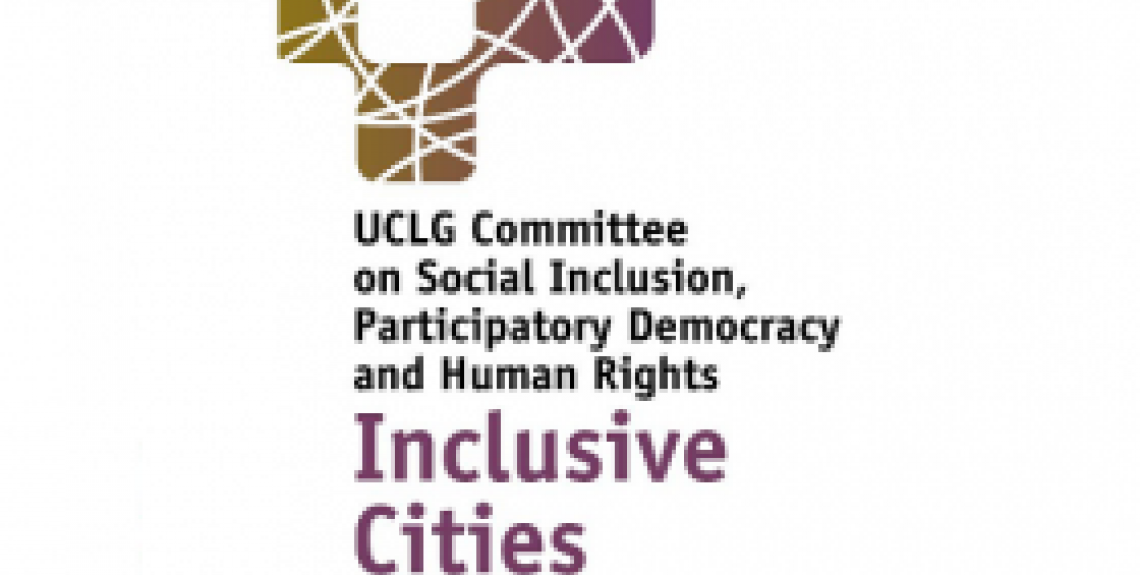The elaboration of a Participative Cultural Framework for the City of L’viv was inaugurated in September 2007. The multi-phase initiative was intended to catalyze the cultural sector in Ukraine into an active role in the development of the country by building individual capacity in the areas of management, policy development, and leadership and by developing a national voice for exploration of shared interests and goals.
Specific goals include building local community capacity for meaningful engagement in public process; building capacities for participation in European Union processes; and building capacity for and engagement in the discourse around cultural policy development in the E.U. and its neighboring states; to feed local experience and reality into the overall thinking on Eastern European Cultural Development; and to build community capacity to safeguard cultural and artistic diversity across Europe.
While the vision and goals for this project have remained constant, design has been flexible in recognition of a constantly changing context (individual, regional, national, international) – a result of the developing awareness of project designers, the increasing capacity and subsequent engagement of participants, and a changing national and international environment.
The cultural planning participatory process
To date, the program has progressed through three phases. Phase 1 was a broad, community process resulting in the articulation of a Cultural Map of L’viv. Results and recommendations from this map informed design and implementation of Phase II, with its narrower, strategic focus on individual capacity development. Phase III is a result of design lessons learned in Phase II and expands to incorporate participation from other urban entities around the country. Phase III also includes the inauguration of a nation-wide network of cultural entities to encourage collaboration, cooperation, co-learning, and exploration of shared interests and concerns.
Direct beneficiaries of this program are the participants as well as the communities in which they live. Indirect beneficiaries include other European border nations and Europe itself.
Financing for the project has coming primarily from the European Cultural Foundation, with some small support for specific elements from the British Council/Ukraine and in-kind support from local NGOs and educational institutions. It also received both in-kind and cash support through the U.S. Peace Corps.
Policy’s outcomes
Outcomes to-date include:
- Participation by approximately 70 organizations and over 450 individuals in the various phases of implementation.
- Implementation of the first community process in L’viv (and Ukraine) involving over 350 individuals.
- Creation of new programming by the City Council and other entities, based in recommendations in the L’viv Cultural Map.
- Implementation of the first cohort involving 20-24 young cultural workers. Additionally, at least 50 persons participated in Cultural Management workshops and 110 persons in the wider range of activities associated with the program. Implementation of the second cohort will impact an additional 50 men and 130 women.
- Development of a growing network of cultural workers and related actions.
- Development of local cultural organizations, resulting in more and better cultural activities.
- Development of collaborative ventures among cultural workers within the city of L’viv, leading to a greater diversity of events for the public.
- Development of collaborative ventures among cultural workers from L’viv with others around the country and in Europe.
- A greater number of successful grant submissions by cohort members.
- More audience-friendly projects with higher audience numbers.
Challenges to improve the program
Beyond the difficulties presented by local and national governments –which were uninterested in the initiative and even opposed local transparence and public access to information- there are still some challenges to be achieved in order to improve this policy –among others, a better understanding and adaption to the technical reality of the country; the development of reliable methods to identify new participant; recollection and establishment of culturally-based perceptions and assumptions; a cultural framework for Lviv reality (see Cultural Map of Lviv), and the improvement of the time invested to implement this policy.
See the whole case study here.


